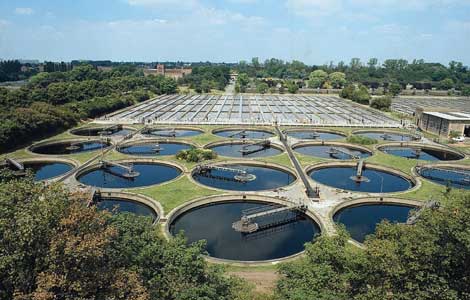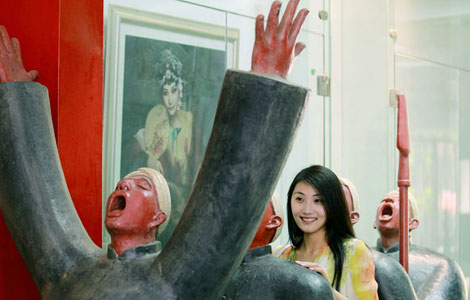No sign of jading in this lucrative living
Updated: 2013-09-30 10:24
By Hu Yongqi in Ruili, Yunnan (China Daily)
|
||||||||
In 2010, its geographic advantage endowed Ruili with a historic opportunity to be one of three national key pilot zones for reform and opening-up. Since 1978, when Ruili was incorporated into the national key entry-and-exit points system, the local government had been focusing on promoting the jade and gem industry by fostering the complete production chain and introducing exhibitions and tourism to attract more customers.
About 11,000 participants attended the 48th Myanmar Gems, Jade & Pearl Emporium in March 2011 in Nay Pyi Taw, the capital of Myanmar. This was almost three times the previous year's crowd. The amount of deals reached 18 billion yuan, 4.5 times that in 2010.
"In that period, anyone who bought jade would make a huge profit," Ke says. "Even if one sculpture cost you 100,000 yuan, you still could sell it for 150,000 two or three months later. That was the craziest time for anybody in this industry."
The legend of easy wealth never went away and new investments flooded into the border city. In 2008, Zhou Xiaodong, a merchant in Zhejiang province, didn't hesitate to take a flight and then drive two hours to Ruili one day after he saw a TV program about Ke Wencong's legendary gambling on the quality of jade and gems.
Zhou rushed to meet Ruili's mayor and soon reached an agreement to invest 200 million yuan in Yangyanghao International Jewelry Co Ltd.
"The gambling on gems aroused the interest of my father and he immediately decided to initiate the project," says Zhou's daughter, Cai Lingyan. After graduating from the University of Edinburgh in Scotland, Cai returned home to manage the company with her husband. She is now the deputy chairman of Yangyanghao's board of directors.
After five years, Yangyanghao has the only bidding emporium for jade stones in Ruili. His most valuable stone is worth 11 million yuan. Tourists also visit Cai's factory to buy stones or bracelets.
Also on several blocks in downtown Ruili, you can see crowds of people in different clothing from about 20 countries, including Myanmar, Sri Lanka, Nepal and Pakistan. The area is called "Myanmar Street" as traders from that nation comprise the largest group.
"As far as I know, at least 28,000 Myanmar people trade jade and gems on the street. Many of them regularly stay in Ruili. The city has become our second hometown," says Phone Payw, president of the Myanmar Chamber of Jade and Gems in Ruili.

 Visible face of CIC investment
Visible face of CIC investment
 Up, up, Huawei finds new friends in Europe nations
Up, up, Huawei finds new friends in Europe nations
 Yuxi to shield Fuxian Lake by creating wetland area
Yuxi to shield Fuxian Lake by creating wetland area
 A man with passion for China
A man with passion for China
 American batman soars through Chinese mountain
American batman soars through Chinese mountain
 Kenya mourns victims of Westgate mall attack
Kenya mourns victims of Westgate mall attack
 Home schooling popular with Chinese parents
Home schooling popular with Chinese parents
 Royal Mint coins to mark Prince George christening
Royal Mint coins to mark Prince George christening
Most Viewed
Editor's Picks

|

|

|

|

|

|
Today's Top News
Website launched to assist expat professionals
50 foreign experts honored with Friendship Awards
Academic warns Obama on Pacific policy
NSA mapping networks of citizens
Investing a nation's wealth wisely
Little-known now, but a big future
Shanghai opens free trade zone
Up, up, Huawei finds new friends in Europe nations
US Weekly

|

|







